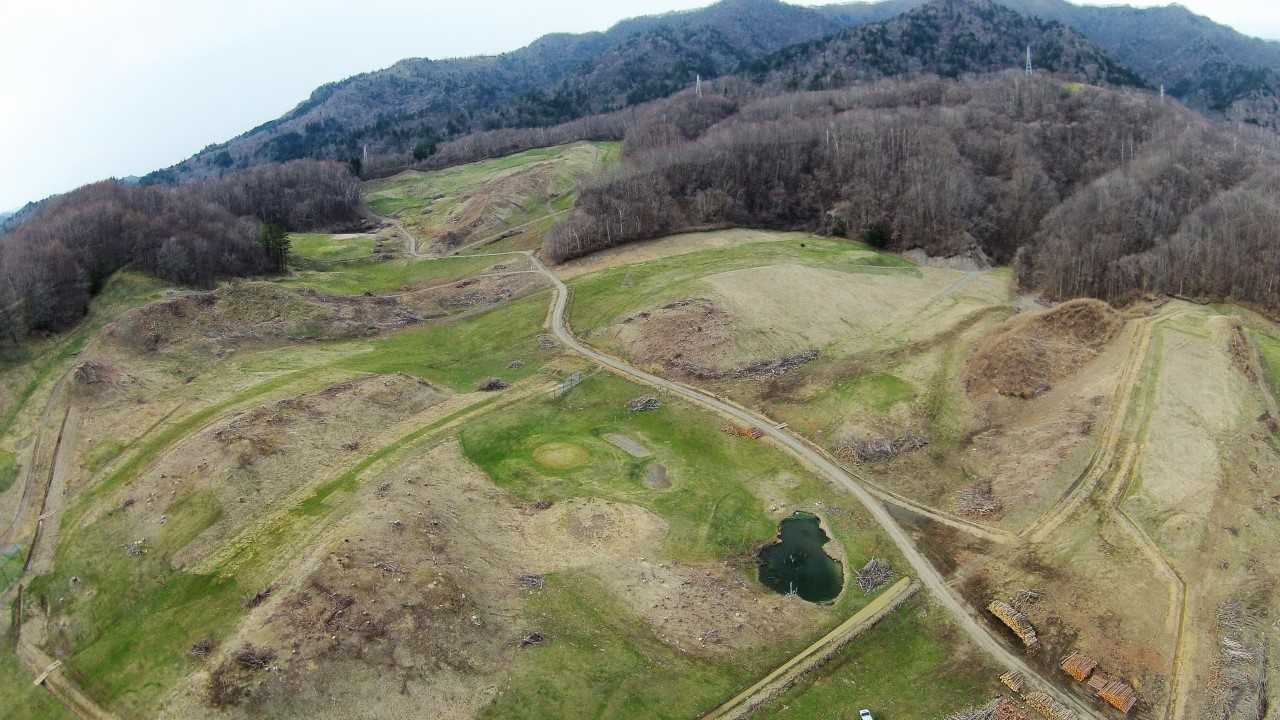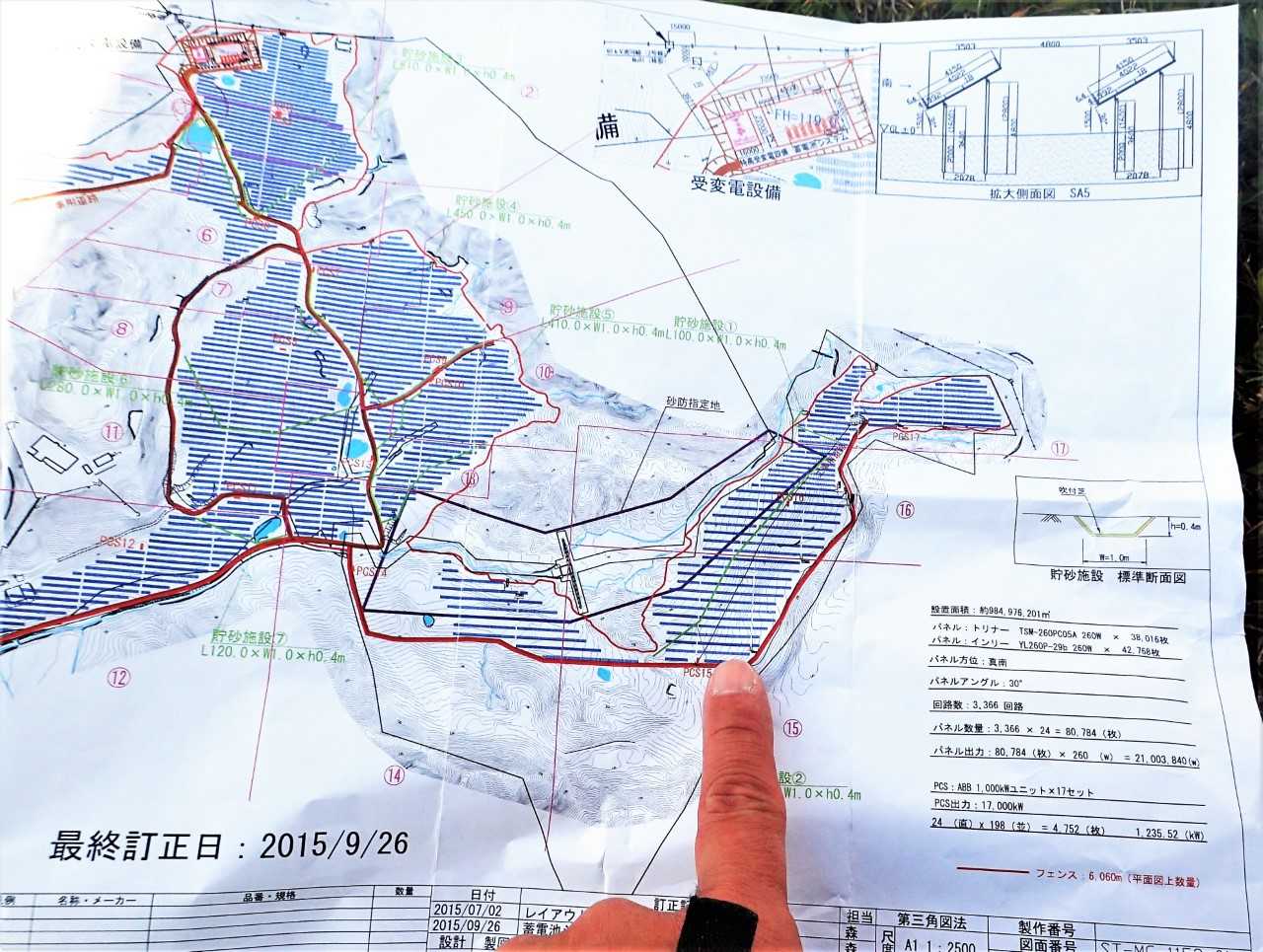Development
Mechanism of Development
Mega Solar Begins with Regional Development
Concerning the development of photovoltaic power stations, not only is construction required at the site, but many other steps, such as acquisition of finances and the establishment and operation of an SPC (Special Purpose Company), accommodations to power companies and local governments, explanations to local residents must be taken according to the phase of development.
At Smart Solar, we have developed and operated various scale mega solars throughout the country, from Hokkaido to Kyushu. Making use of the knowledge we have acquired, we will continue to undertake the development of new photovoltaic power stations.
Flow of Development
-
Consideration of Land for Power Station
Nationwide searches for suitable property, actively proposing power station projects at abandoned agricultural lands and reservoirs as well as seeking business approval and connection to power grids. After acquiring approval, even if difficulties arise, the project will be changed with the most profitable option before realization.
-
Due Diligence (Close Inspection)
Experienced engineers will closely inspect the project from their own perspective. Through an evaluation of the site, risks will be scrutinized and an evaluation will be made of construction costs, profitability and if the project is realistic.
-

Land・Rights・Authorization
Enter sincere dialogue with local residents in an attempt to reach an agreement and gain authorization from the local government. Until now, we have acquired authorization for power stations exceeding 200MW with construction taking place.
-
Engineering Development Proposal
Experienced engineers inspect the site, gaining an understanding of the landscape and natural environment, creating a design proposal. Building a 3D model, examining various plans, drafting a plan that accommodates to the natural environment.
-

Basic Design
Designing a power station that can provide the best performance while keeping construction costs down. Accommodating every aspect from public works specifications and panel positioning plans to equipment for special high voltage electrical access and substations as well as electrical equipment and financial estimates. Primary equipment will be procured directly from world class manufacturers.
-
Negotiations with Power Companies
Not only will we accommodate to electrical power negotiations and system issues, but we can also accommodate to output fluctuation control storage battery systems with the world’s strictest standards. The Shin Hidaka storage battery (9MWh) equipped photovoltaic power station (21MW) in Hokkaido is already in operation. Additionally, construction at locations such as Kushiro (34MW) and Monbetsu (16MW), equipped with large scale storage batteries, is underway.
-
FEED (Front End Engineering Design) Preparation of System Construction Specifications
For construction design, construction specification manual based on over 100 design drawings of development schematics, cross sectional schematics and drainage blueprints as well as quantity calculation forms and geological survey results needs to be compiled.
These forms are to be submitted to the EPC (Design, Procurement, Construction) company. This is called FEED and is performed at the step before the EPC development step. While avoiding any big changes during the EPC step, risk management is performed, aiming to maximize power generation while minimizing cost. -
EPC Contractor Selection
Selecting contractors through careful discussions with EPC companies throughout Japan about construction details, based on overall assessments concerning price, quality and strengths.
-

Acquisition of Finances
In advancing a project with a cost that exceeds several billion yen, negotiations with many financial institutions and investment partners takes place. Various forms of financial procurements take place with local banks across Japan, mega banks, project financing through investment banks, contracts with leasing agencies.


